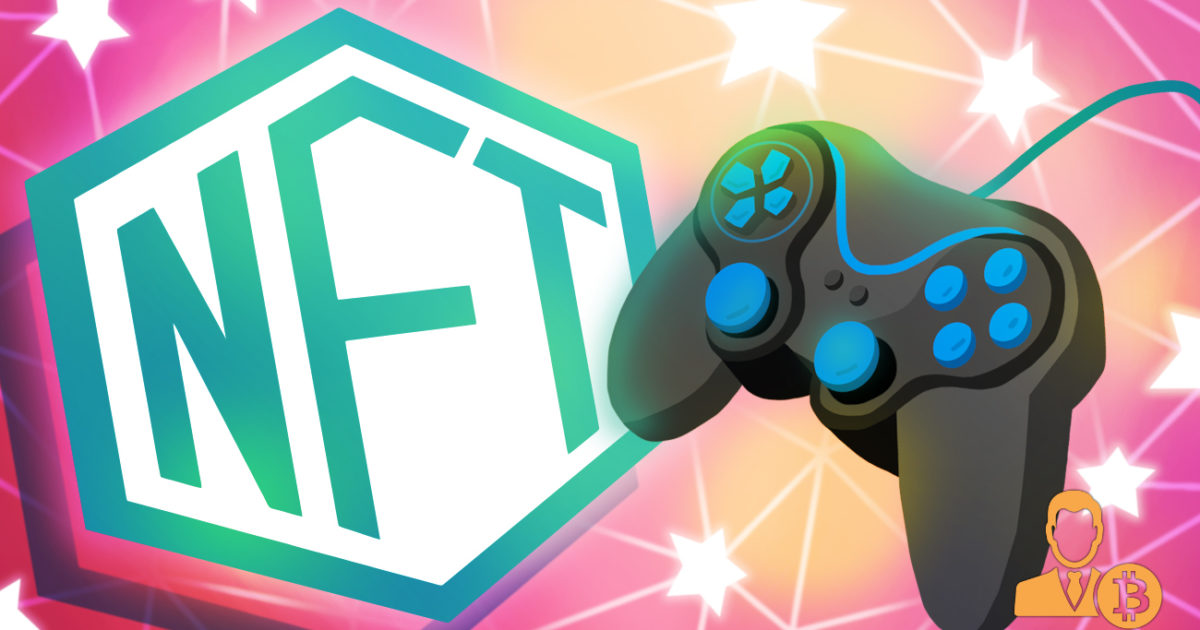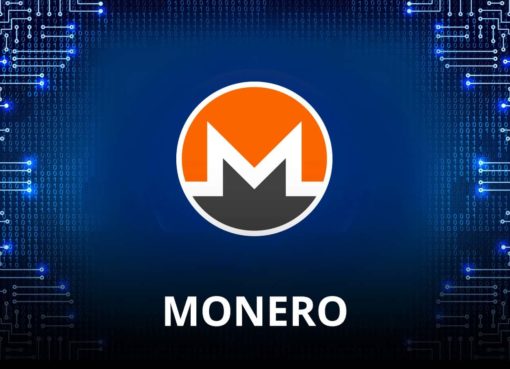PleasrDAO is an investment collective known for having acquired several multi-million dollar NFTs over the last few months. In July, it put four of its high-ticket NFT assets – Edward Snowden’s Stay Free, the Tor Project’s Dreaming at Dusk, and two NFTs by Pplpleasr, x*y=k and Apes Together Strong – as collateral to raise a $3.5 million loan from the crypto lending service Iron Bank.
PleasrDAO had spent approximately $8 million on acquiring the four NFTs it placed as collateral for the loan. If all goes well, PleasrDAO will pay off the loan with interest and get its collateralized NFTs back.
But what if it fails to repay the debt for some reason, in a hypothetical scenario? The Iron Bank has the right to foreclose the loan and assume ownership of the NFTs provided as collateral. It could even choose to sell them at a discount to recover its losses.
Bargain hunters wait for such opportunities to lap up valuable NFTs at attractive prices. While the PleasrDAO-Iron Bank scenario described above is a hypothetical one, foreclosure of the NFT-collateralized loans gives savvy investors a rare opportunity to get the assets they believe in at a discount.
Bargains are rare, but worth it
NFTs could be images, videos, text, music, intellectual property, video game skins, etc. They have not only changed the world of digital art, but also encouraged people to tokenize their real world assets. A non-fungible token includes metadata, owner ID, and other identifying data recorded on the smart contract, making each NFT unique and unexchangeable.
Borrowers who wish to maximize returns on their NFTs deposit the assets on marketplaces such as the Hoard Market and set a minimum loan value. Hoard is a peer-to-peer marketplace that facilitates NFT-collateralized lending and borrowing. Borrowers can rest assured that their assets will be safe through the loan duration because the NFT is held in an escrow, not with the lender.
There are a number of reasons why investors could choose to access liquidity by putting their NFTs as collateral rather than selling them. Maybe they don’t want to sell the NFT in the first place because once you’ve sold an NFT, there is no guarantee that you’ll be able to buy it in the future. Or maybe they want funds just for a few days to take advantage of an opportunity.
Lenders reap greater rewards
Platforms like Hoard enable lenders to have their money work for them by giving them the opportunity to extend loans and earn interest. The lender can’t access the collateralized NFT unless the borrower fails to repay the loan with interest on time. In that case, the lender can opt to foreclose the loan and take ownership of the NFT, but they have to waive their claim for the outstanding loan amount.
Lenders have little to worry about. They earn interest on the loan; and in case the buyer defaults, they gain access to the collateral.
Most borrowers easily manage to pay off the loan and retake their NFTs from the escrow. But in rare instances when the borrower for some reason defaults, the lender can receive the collateral NFT. If the lender needs liquidity, they could put the NFT up for sale, often at a discount.
Final Thoughts
As the NFT landscape continues to expand, new strategies are emerging to help the community members access liquidity and take advantage of rare opportunities. In the years to come, foreclosures in the NFT and DeFi space could be as prevalent as they are in traditional finance. This is certainly an advantageous time for bargain hunters to dip their toes in the NFT-land and learn the rules of the game.
Like BTCMANAGER? Send us a tip!
Our Bitcoin Address: 3AbQrAyRsdM5NX5BQh8qWYePEpGjCYLCy4




